The Checklist for Renting a Car During UAE Summer Heat
Renting a car in the UAE during the summer can be a smart and convenient decision, especially when dealing with the region’s notorious heat. With temperatures often exceeding 50°C, ensuring that your rental vehicle is well-prepared for the weather is not just a matter of comfort but also of safety.
Whether you’re a resident, tourist, or business traveler, this comprehensive checklist will help you navigate the rental process and keep cool during your summer drives in the Emirates.
1. Pre-Rental Considerations
Not all vehicles perform equally well under extreme heat. Look for a car with a reliable and efficient air conditioning system, which is non-negotiable in the UAE summer. It’s also wise to choose a vehicle with a light-colored exterior and interior. These reflect heat better than darker colors, keeping the car’s cabin cooler. SUVs or sedans with advanced climate control systems and rear A/C vents are a bonus, especially for families or group travelers.
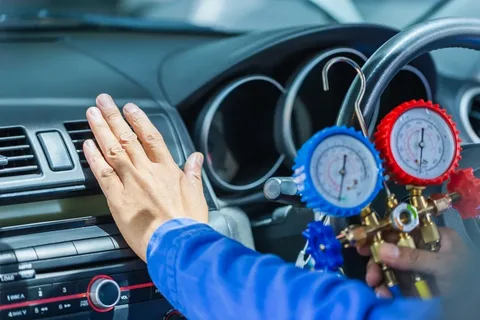
Before signing the rental agreement, read through the fine print. Make sure the company offers 24/7 roadside assistance and covers heat-related issues like battery failure or engine overheating. It’s also worth asking if the vehicle is regularly serviced and maintained for summer conditions and what support is available in case of a breakdown.
2. Essential Vehicle Checks
Here’s what you should check.
Air Conditioning System
Test the air conditioning system before driving off. It should start cooling quickly and distribute air evenly throughout the cabin. If it’s not up to par, request a different vehicle. Driving without a functioning A/C in the UAE summer is not only uncomfortable but can be dangerous due to the risk of heatstroke.
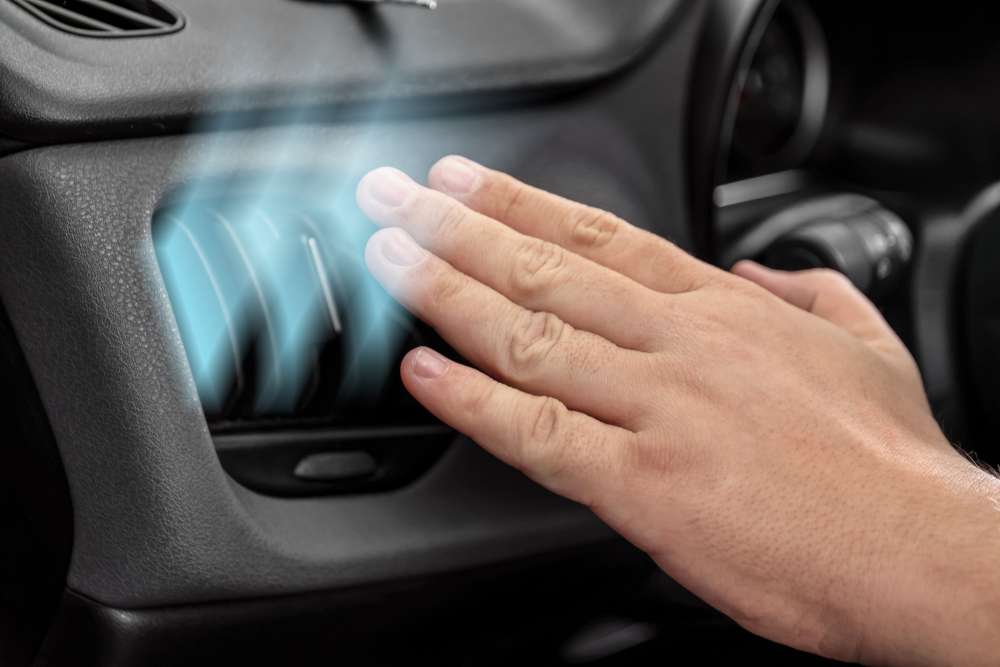
Tire Inspection
High temperatures can cause tire pressure to fluctuate, which increases the chances of blowouts. Inspect all tires including the spare for proper pressure, wear, and cracks. Overinflated or underinflated tires are a major risk on the hot asphalt.
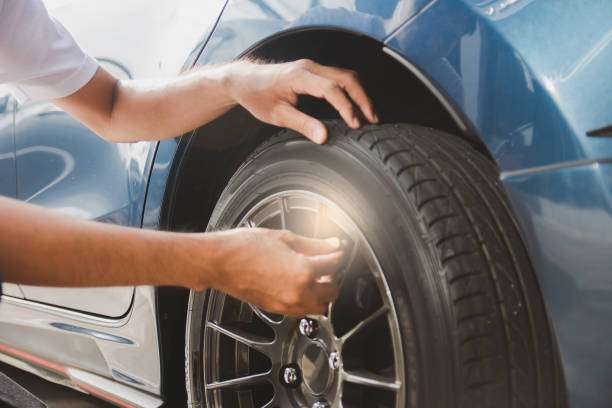
Fluid Levels
Make sure the car’s coolant, engine oil, brake fluid, and power steering fluid are at appropriate levels. These fluids are essential to keeping the engine from overheating and ensuring the car operates safely in high temperatures.
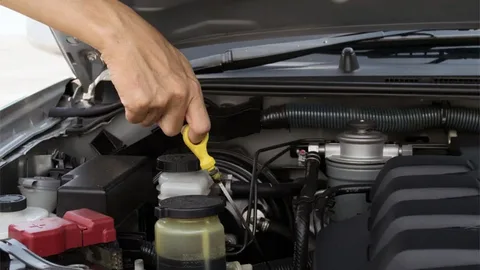
Battery Health
Heat can accelerate battery fluid evaporation and shorten the battery’s life. Confirm with the rental company that the battery has been recently inspected and is in good condition. Look for signs of corrosion around the terminals.
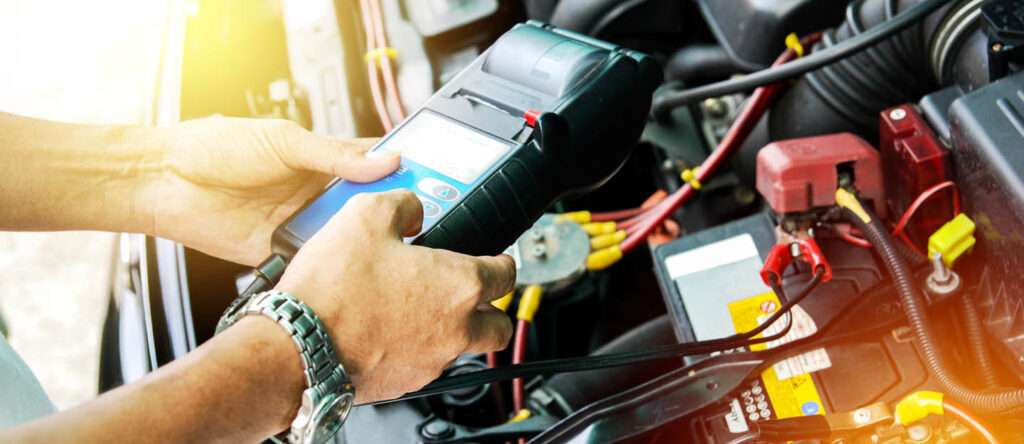
3. Protecting the Vehicle from Heat
Whenever possible, park in shaded or covered areas. If you’re stopping at a mall, hotel, or office, use underground or shaded parking to reduce heat build-up. Parking in the sun for long periods can not only heat the interior but also damage the dashboard and upholstery.
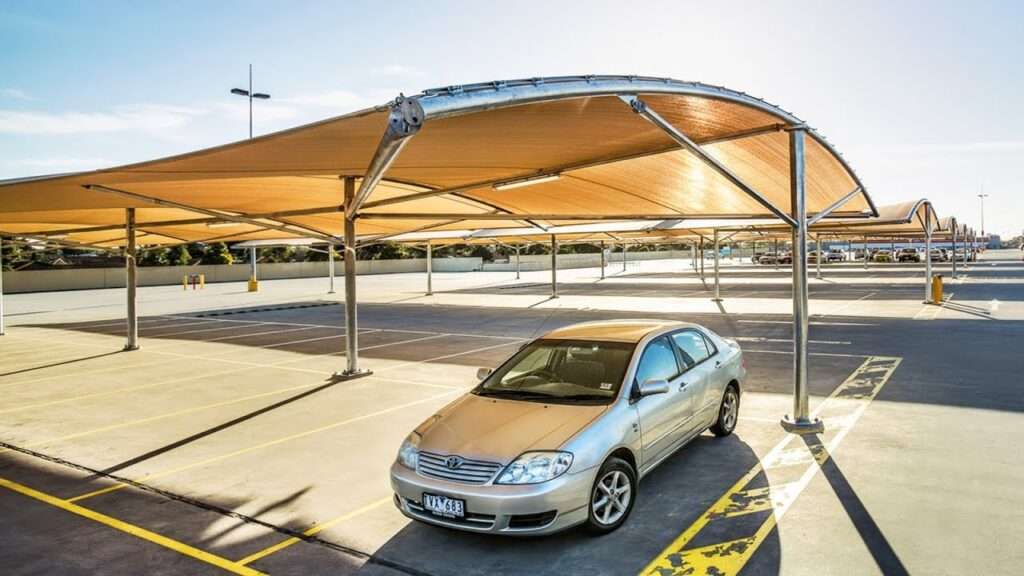
Sunshades and Window Tints
Use sunshades on the windshield and rear window when parking. Tinted windows legal up to 50% in most UAE emirates can also reduce glare and help keep the cabin cooler. Just make sure the tint complies with local regulations to avoid fines.
Protective Covers
If shaded parking isn’t an option, a reflective car cover is your next best defense against the sun. It helps protect the paint, interior, and electronics from heat damage, especially if you’re leaving the vehicle parked for extended periods.
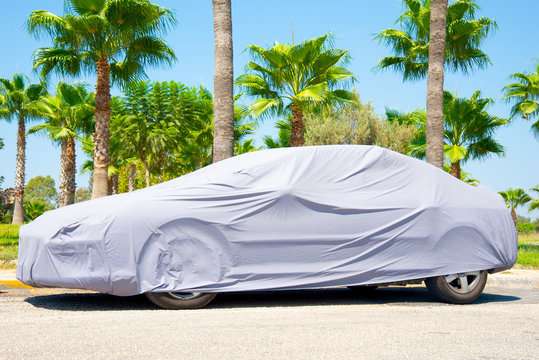
4. Personal Comfort and Safety
Keep a supply of cold bottled water in the car. Dehydration can set in quickly in high temperatures, especially during long drives or traffic jams.
Always have a basic emergency kit that includes water, snacks, a flashlight, phone charger, reflective triangle, first-aid supplies, and a basic toolkit. In case of a breakdown, this kit could be vital while waiting for help.
If possible, plan your trips in the early morning or late evening. Midday is usually the hottest part of the day, and avoiding it can make your travel safer and more comfortable.
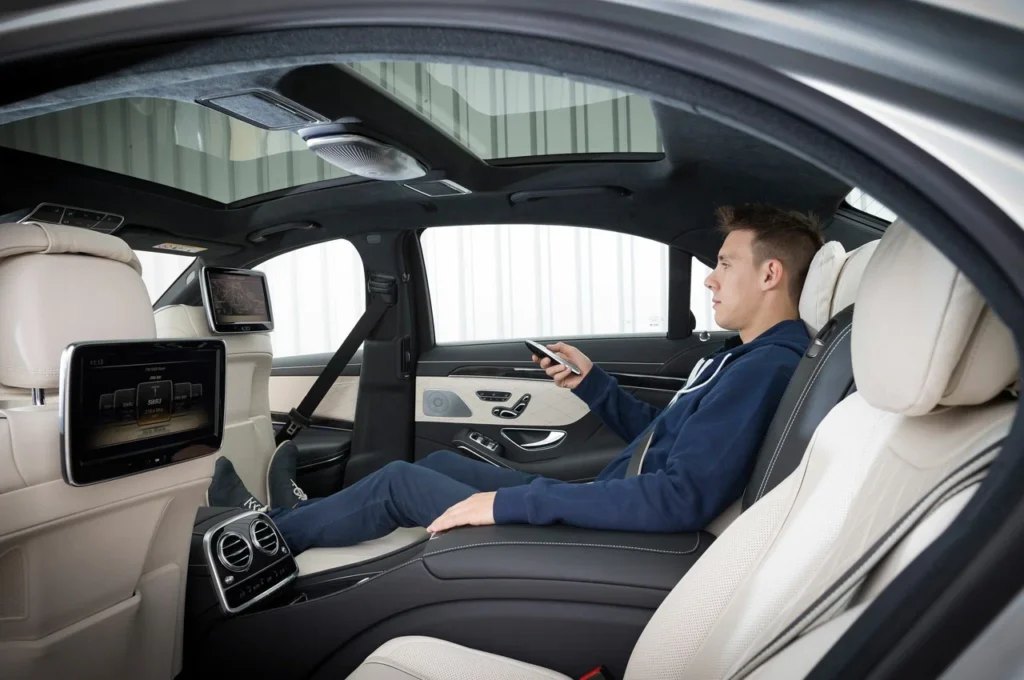
5. Driving Practices in Extreme Heat
These include:
Ventilate Before Driving
Before blasting the A/C, open all windows for a minute or two to let the hot air escape. This helps the air conditioning system work more efficiently and reduces the cabin temperature quickly.
Monitor Engine Temperature
Keep an eye on the engine temperature gauge. If it starts rising abnormally, pull over safely, turn off the engine, and let it cool down. Never attempt to open the radiator cap while the engine is hot.
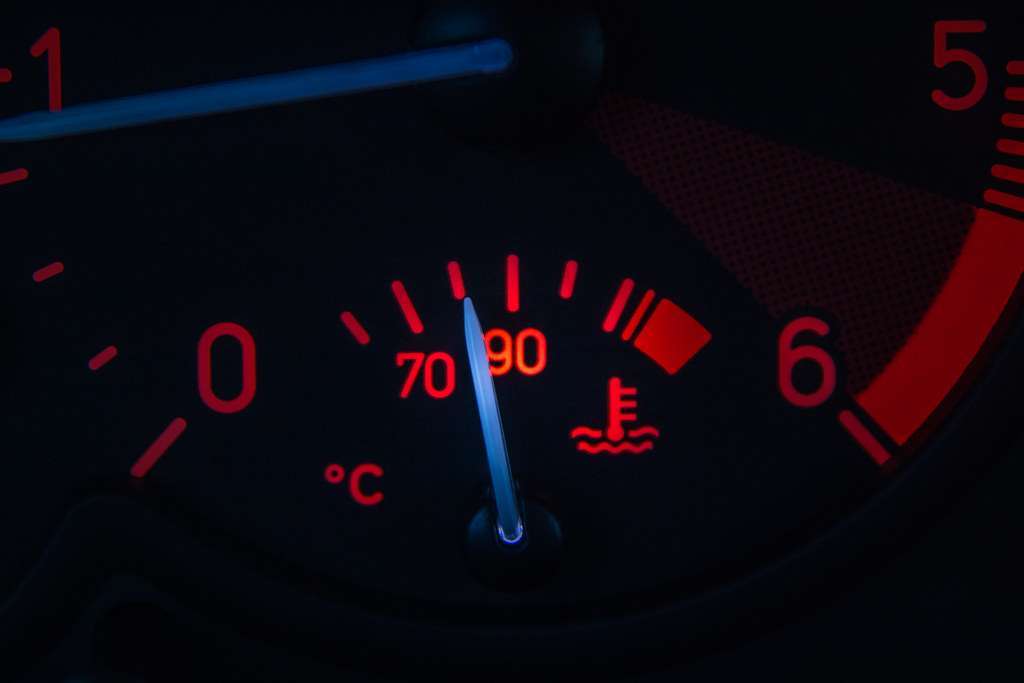
Avoid Overloading
Don’t overload the vehicle with passengers or luggage. Additional weight puts more pressure on the tires and engine, increasing the risk of breakdowns in extreme heat.
6. Understanding Local Regulations and Practices
In the UAE, window tinting is allowed up to 50%, but exceeding this limit could result in fines. Double-check with the rental agency to ensure the car complies with current regulations.
Save the rental agency’s helpline and UAE emergency services number (999 for police, 998 for ambulance) in your phone. You never know when you’ll need them, especially in remote areas or on highways.
7. Post-Rental Actions
After returning the car, inspect it with a representative for any new damage, especially heat-related wear, like dashboard cracking or tire bulging. Take photos for your records.
Share your experience, good or bad, especially if the vehicle performed well in the heat. Your feedback helps other renters and encourages companies to maintain higher standards.

Conclusion
Renting a car in the UAE during the summer requires a little extra preparation, but the payoff is a smooth, comfortable, and safe driving experience. From checking the A/C to understanding local tinting laws, every small step matters.

